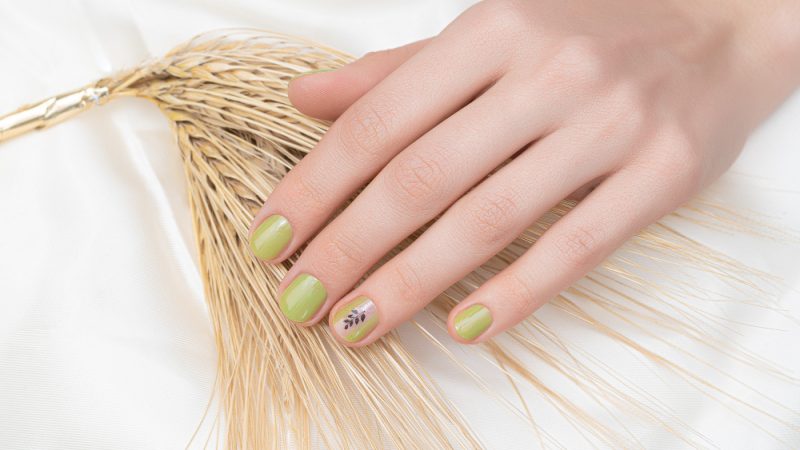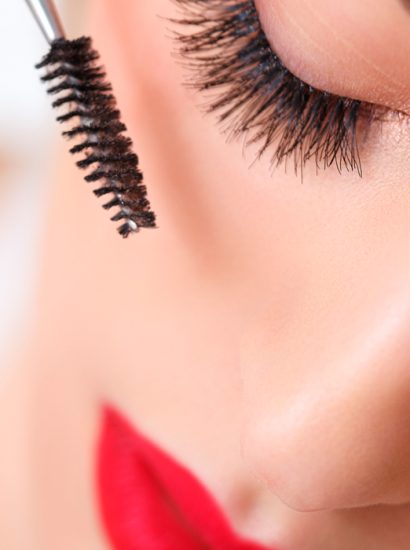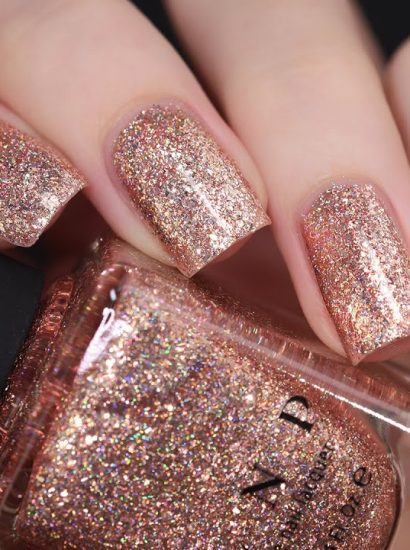Nail art trends are constantly evolving, and just when you think you’ve seen it all, a fresh idea sweeps through the beauty world. Enter sandy nails—a textured manicure that’s making waves in salons and on social media. Inspired by the look and feel of sand, this design adds dimension and a playful twist to traditional nail polish.
Whether you’re a minimalist who loves subtle textures or a nail art lover craving bold designs, sandy nails can be customized to match your style. In this article, we’ll dive into what sandy nails are, how to achieve them, the best designs, and tips to keep your textured manicure looking flawless.
What Are Sandy Nails?
Sandy nails are a textured nail design that mimics the look of sand on the beach. Instead of a smooth, glossy finish, the surface feels slightly gritty and matte. This effect is typically achieved using special textured nail powders, glitters, or matte top coats.
The beauty of sandy nails lies in their versatility—they can be subtle and natural or bold and glamorous, depending on the color and finish you choose.
Why Sandy Nails Are Trending
So, why are sandy nails suddenly everywhere? A few reasons stand out:
- Unique texture: They offer something fresh compared to glossy or chrome nails.
- Beach vibes: Perfect for summer, vacations, or anyone who loves a coastal aesthetic.
- Social media buzz: Instagram and TikTok nail artists have made textured nails go viral.
- Customizable: You can keep them simple or combine them with other designs like ombré or glitter.
How to Achieve the Sandy Nail Look
There are several ways to create sandy nails, depending on whether you’re at home or visiting a salon:
- Textured Nail Polish: Some brands sell “sand effect” polishes that dry with a gritty finish.
- Acrylic Powder or Nail Sand: Sprinkled over wet polish or gel, then cured for durability.
- Fine Glitter: Creates a sparkling sand-like effect with a rough surface.
- Matte Top Coat with Additives: Mixing matte top coats with fine particles for a DIY sandy look.
DIY Sandy Nails at Home
You don’t need a salon to try this trend. Here’s a simple at-home method:
- Prep your nails by filing and applying a base coat.
- Apply 1–2 coats of your chosen nail polish.
- While still tacky, sprinkle fine glitter or nail sand over the nails.
- Gently press the texture into place.
- Seal with a matte or clear top coat (optional, depending on how textured you want the finish).
Popular Sandy Nail Designs
There are endless creative ways to wear sandy nails. Some popular styles include:
- Neutral Sandy Beige: A natural beach-inspired look.
- Sparkling Gold Sand: Perfect for glamorous occasions.
- Pastel Sandy Nails: Soft pinks, blues, and lilacs for a dreamy vibe.
- Ombré Sand Effect: Blending two colors with a textured gradient.
- Accent Nail Sandy Texture: One or two sandy nails paired with smooth glossy nails.
Seasonal Inspiration for Sandy Nails
Sandy nails work year-round but can be tailored to the season:
- Summer: Coral, turquoise, and nude tones inspired by the beach.
- Fall: Warm earthy tones like terracotta, burnt orange, or deep brown.
- Winter: Frosty silvers, icy blues, and snowy white sandy textures.
- Spring: Pastel pinks, mint greens, and lavender sandy finishes.
Sandy Nails vs. Other Textured Manicures
How do sandy nails compare to other popular textured looks?
- Velvet Nails: Softer, shimmery finish versus sandy’s gritty look.
- Sugar Nails: Created with sugar-like glitter, very similar to sandy nails but often more sparkly.
- Matte Nails: Smooth and flat, while sandy nails are tactile and rough.
Each trend has its charm, but sandy nails stand out for their balance of natural texture and creative versatility.
How to Maintain Sandy Nails
Textured nails can be prone to chipping or snagging. To keep them looking great:
- Avoid excessive top coat: Too much will smooth out the texture.
- Be mindful of fabrics: Sandy nails may catch on delicate materials.
- Moisturize cuticles: Helps balance the rough finish with healthy skin.
- Do touch-ups: Keep extra polish or glitter handy for quick fixes.
Pros and Cons of Sandy Nails
Like any nail trend, sandy nails have their upsides and drawbacks:
Pros:
- Unique and eye-catching.
- Versatile for different occasions.
- Can be done at home or in salons.
Cons:
- May feel rough or scratchy.
- Harder to apply evenly for beginners.
- Requires extra care to prevent chipping.
Who Should Try Sandy Nails?
Sandy nails are perfect if you:
- Love experimenting with new nail trends.
- Want a beach-inspired look for summer or vacation.
- Prefer textured designs that stand out from traditional glossy manicures.
- Enjoy DIY nail art and want something fun to try at home.
If you prefer ultra-smooth, sleek nails, sandy textures may not be your favorite—but it’s definitely worth trying at least once!
Conclusion
Sandy nails are more than just a passing trend—they’re a fun, versatile, and stylish way to elevate your manicure. With their beach-inspired texture and endless customization options, they’ve earned a spot in the spotlight alongside other nail art innovations.
Whether you go for subtle nude sandy nails or bold glittering textures, this manicure is guaranteed to turn heads and give your nails a unique edge. If you’re looking to refresh your nail game, sandy nails might just be the textured trend you need to try next.
FAQs
1. How long do sandy nails last?
With proper care, sandy nails can last up to 2–3 weeks, especially if done with gel polish.
2. Can I do sandy nails with regular polish?
Yes, but they may not last as long as gel or acrylic applications.
3. Do sandy nails damage natural nails?
No, as long as you apply and remove them properly, they won’t harm your nails.
4. Can I smooth out sandy nails later?
Yes, applying a few layers of top coat will reduce the texture and make them smoother.
5. Are sandy nails comfortable to wear?
They may feel rough at first, but most people get used to the texture quickly.
Also read: How Does Lip Plumper Work? A Complete Guide to Fuller Lips









